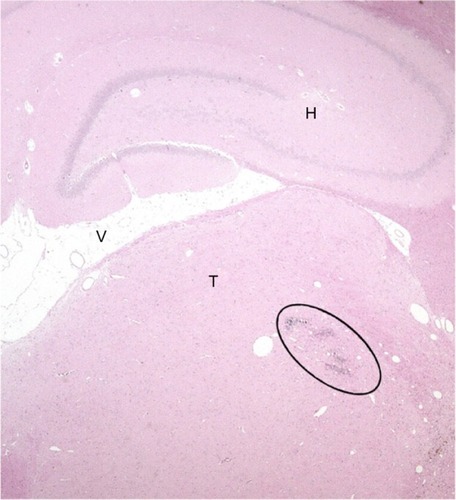Figures & data
Figure 1 Results from the rotarod test (motor coordination) evaluated in Sprague Dawley® rats.
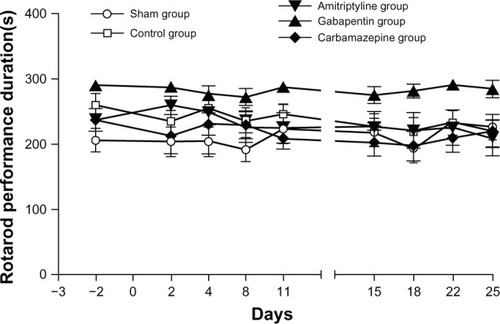
Figure 2 Results of the mechanical allodynia test using Von Frey filaments.
Abbreviations: AMI, amitriptyline; CARBA, carbamazepine; CTL, control; GBP, gabapentin; ns, nonsignificant.
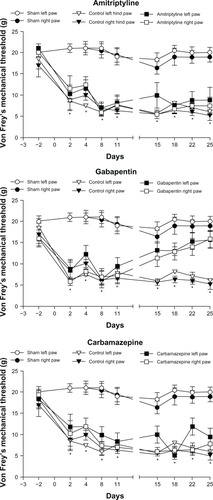
Figure 3 Evaluation of cold allodynia with the acetone test.
Abbreviations: AMI, amitriptyline; CARBA, carbamazepine; CTL, control; GBP, gabapentin; SHAM, sham.
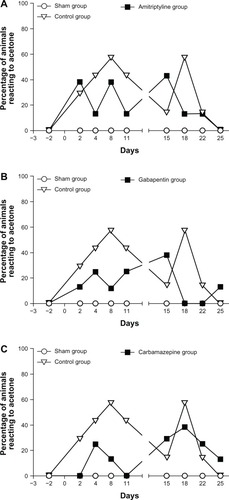
Figure 4 Thermal hyperalgesia using the Hargreaves test.
Abbreviation: ns, nonsignificant.
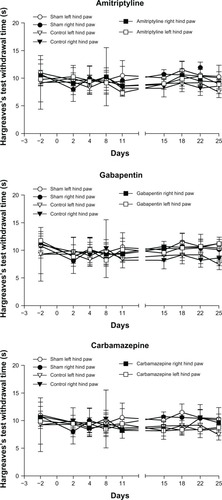
Figure 5 Photomicrograph of a transverse rat brain section (4 μm) from the VPL nucleus of the thalamus.
Abbreviations: H, hippocampus; T, thalamus; V, ventricle; VPL, ventroposterolateral.
